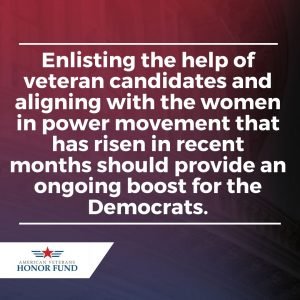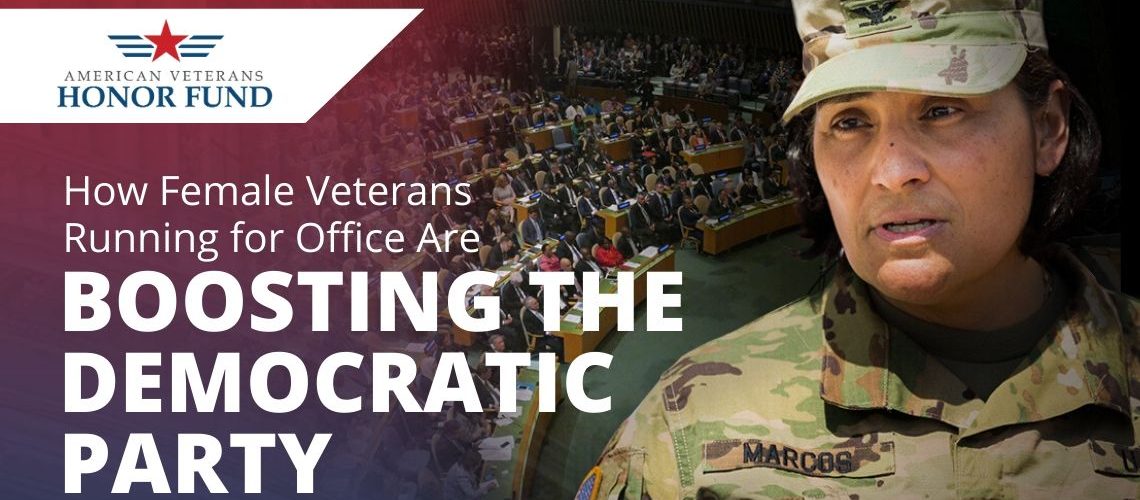The political scene saw a shift in 2018. It’s a tenuous time for America, which has been thrust into controversy spurred on by heavy partisanship and divisive topics of family dinner conversation. Because of this, trust in the members of Congress has fallen to new lows, while regard for the military has increased. During the 2018 election, this came to a head with a record number of candidates with military experience. Among those ranks was a group that would see a surge: female veterans. Interestingly, of the record 14 female veteran candidates on the ballots, 11 of them ran as members of the Democratic party, representing a partisan shift in strategy.
So why the Democratic party for these veterans? Historically speaking, veterans have favored the GOP, as have veteran voters. In general, veterans are seen as conservative options which fits well with a Republican billing. However, the Democrats went all-in on recruiting veteran candidates in the run up to the 2018 election — and it appears their efforts were a success, particularly among female veterans.

Female veterans have several advantages over their male counterparts. First, consider the context of today’s society. Modern feminist movements have created a surge of opportunity for women in all walks of life. While representation numbers are still alarmingly low, much headway has been made for women and this holds true in the political court as well. Gender stereotypes do exist, and one such regarding female veterans is that these candidates are perceived to be generally less corrupt. This fact should be used with caution, as perception only carries a candidate so far. However, the remaining fact is that women are seen as more empathetic, more competent, and more reasonable than men. These values serve the Democratic party well, which is where these two demographics can intersect in a pleasing way.
Another way in which this surge of female veteran candidates found success was their strategy of running in statistically more winnable districts. By combining their efforts for both strategy as well as resonating with a large number of voters, these candidates were able to increase the number of elected female veterans in office through their efforts.
Appealing to voters is, of course, a pivotal part of any candidate’s campaign. Female veterans have several aces in their pockets, including the general trust and esteem that comes with military experience in general. Female candidates have an easier time gaining ground with female voters. Given today’s political scene where the “anti-Trump” is an easy image to project in a divisive environment, these advantages should prove to be just the fringe beginning of a larger influx of these competant veteran candidates to find their place on Capitol Hill.
With the 2020 presidential election looming and more Congressional seats to come up for grabs in the near future, we should expect to see a heavier investment of resources on the Democratic side. Enlisting the help of veteran candidates and aligning with the women in power movement that has risen in recent months should provide an ongoing boost for the Democrats. As for the veteran voters, it will be interesting to see how these candidate choices prompt movement across party lines.
If you’re new to politics, or even if you’re simply looking for some refreshers on what to do (and not to do) as a candidate, here‘s some guide to keep in mind.


